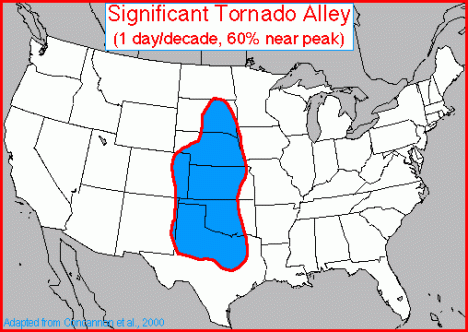The United States acquired Kansas in 1803 from France as part of the Louisiana Purchase. During its early years as a U.S. possession, the area was part of Indian Territory and was used by the federal government to relocate tribal peoples.

However, it wasn’t long before white Americans were illegally squatting on the land and lobbying for it to be open to white settlement. Several U.S. Army forts were established there to “protect” the whites from the Native Americans.
Congress began the process of creating Kansas Territory in 1852. The bill got stalled however over the issue of slavery. Since, by the summer of 1853, it was clear that eastern Kansas would soon be opened to American settlers, the Commissioner of the Bureau of Indian Affairs quietly negotiated new treaties to reassign the Native Americans to the future state of Oklahoma. The greater part of eastern Kansas was suddenly open to (legal) white settlement.
Eventually Congress passed the Kansas-Nebraska Act, which became law on May 30, 1854, establishing the Nebraska Territory and Kansas Territory.
The act repealed the Missouri Compromise of 1820 that prohibited slavery north of latitude 36°30´ and allowed people in the territories of Kansas and Nebraska to decide for themselves whether or not to allow slavery within their borders. The Kansas-Nebraska Act infuriated many in the North who favored the Missouri Compromise and considered it to be a long-standing binding agreement. In the pro-slavery South the new act was strongly supported.
The passage of the Kansas-Nebraska Act was the impetus that brought Abraham Lincoln out of political retirement. Speaking in Peoria in October of 1854, Lincoln said he was willing to accept slavery where it already existed, but the spread of slavery into new territories was anathema to him. He argued that the Founding Fathers had intended for slavery to wither away, and that they intended for the nation one day to live up to the ideal professed in the Declaration of Independence that all men were created equal.

Meanwhile, both pro- and anti-slavery forces sent settlers to Kansas to influence the vote for or against slavery. Pro-slavery settlers carried the election but were charged with fraud by anti-slavery settlers, and the results were not accepted by them. The anti-slavery settlers held another election, but pro-slavery settlers refused to vote. This resulted in the establishment of two opposing legislatures within the Kansas territory.
Violence soon erupted, giving rise to the sobriquet “Bleeding Kansas.” Eventually, however, anti-slavery settlers outnumbered pro-slavery settlers and a new constitution was drawn up. On January 29, 1861, just before the start of the Civil War, Kansas was admitted to the Union as a free state.

Today the major industry in Kansas is agriculture, and it is proud of its reputation for serving as part of the “bread basket” of the country. Sumner County, Kansas is known as the “Wheat Capital of the World”.” The county regularly produces more wheat than any place on earth. But it is also known for being in “Tornado Alley.” Kansas ranks second nationally in average number of tornadoes per year (60) and third in tornadoes per 1,000 square miles (44). Oddly, the city of Codell in Rooks County, Kansas suffered tornados on the 20th of May in three consecutive years: 1916, 1917, and 1918.

A tornado in Kansas is also the starting premise of the most watched movie of all time, “The Wizard of Oz” (according to the Library of Congress, because of its many television showings.) In a recent People Magazine poll, the Library of Congress continues, it was chosen as the favorite movie of the twentieth century.

Ray Bolger, Jack Haley, Judy Garland, and Bert Lahr dance along the yellow brick road in a publicity still from the film, ‘The Wizard of Oz’, 1939.





Leave a comment